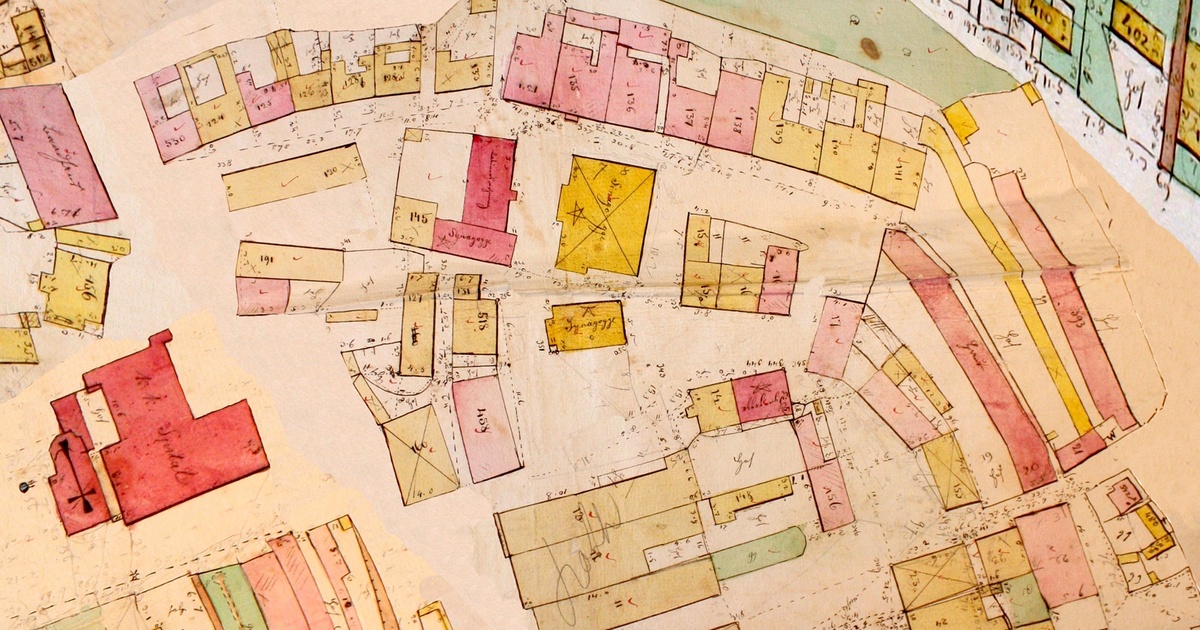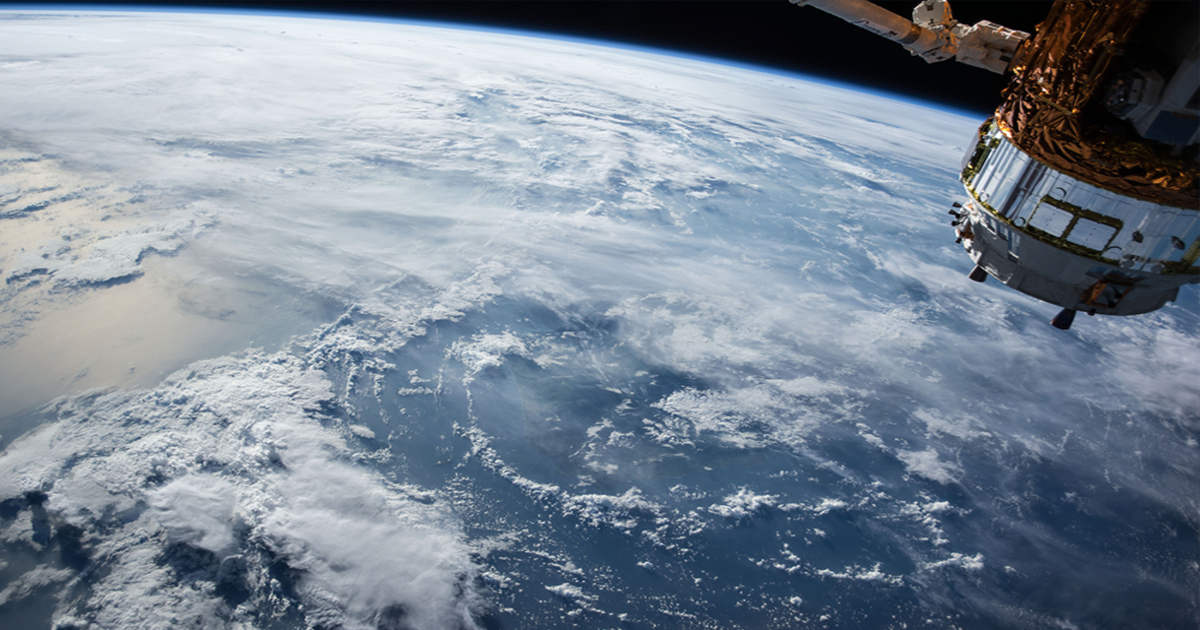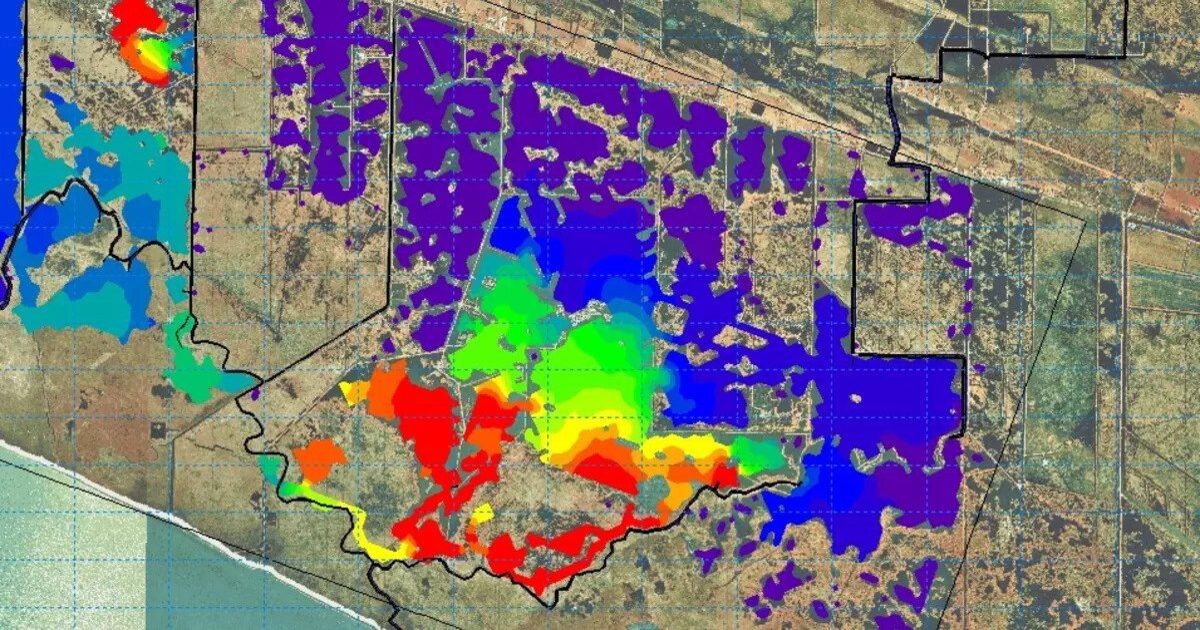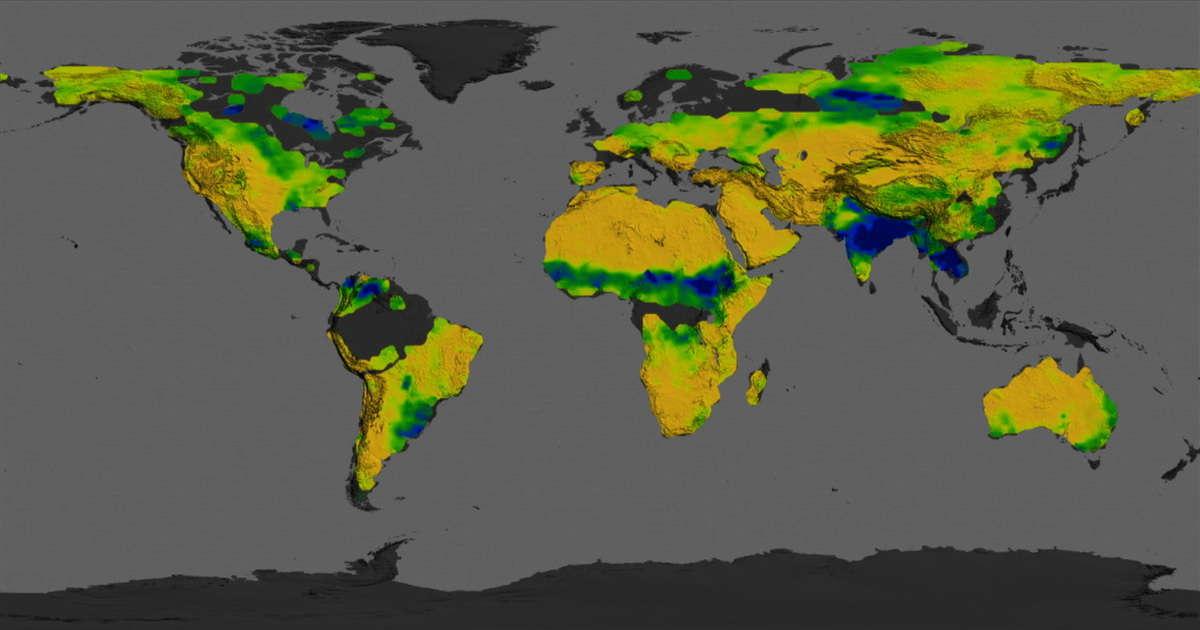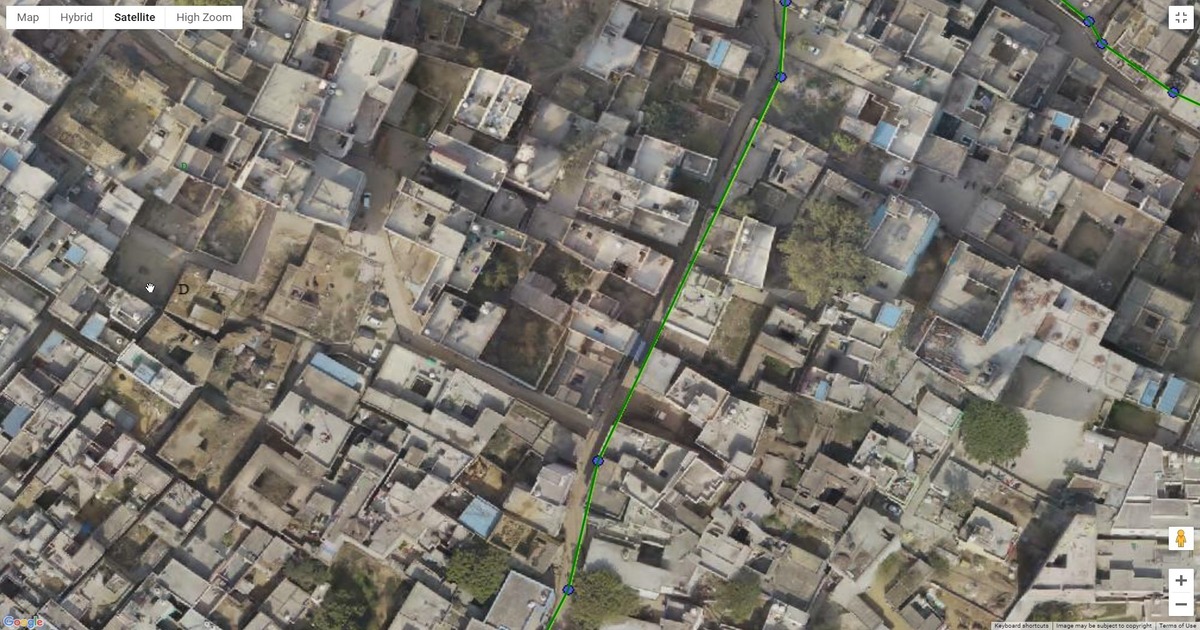Imagine a city planner trying to decide the safest place to build a flood-resistant bridge. They don’t just look at a flat map, they rely on precise tools like a Digital Terrain Modeling Service. This technology provides detailed elevation data, helping decision-makers design structures that can stand the test of time. For example, the market… Continue reading The Role of Digital Terrain Models in Modern Geospatial Analysis

